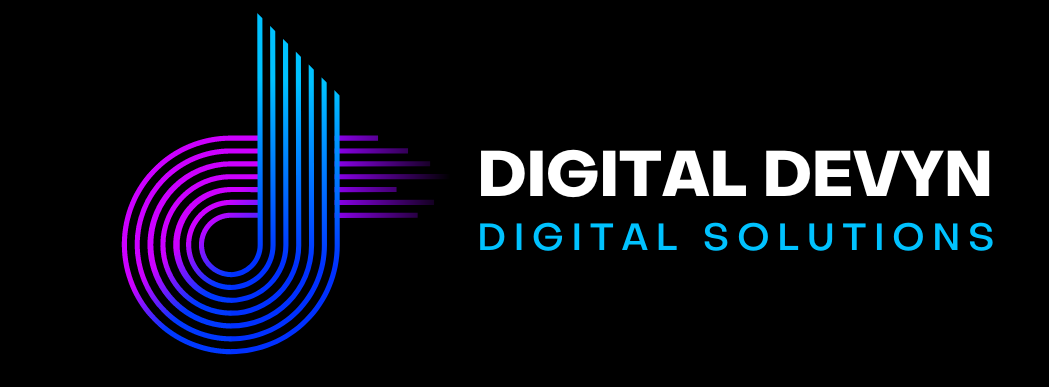Website design trends in 2025 focus on AI-driven personalization, immersive experiences, and accessibility-first interfaces. Research from MIT Media Lab (2024) and Google’s UX Research Team highlights these trends as key factors in user engagement and retention.

1. How Does AI-Driven Personalization Improve UX?
AI-driven personalization adapts content, layouts, and interactions based on user behavior. A Stanford University HCI Group study (2024) found that AI-driven UX increases engagement by 32% (Stanford HCI, 2024).
Key Applications:
- Dynamic content adaptation: Websites adjust headlines, images, and CTAs.
- Predictive search enhancements: AI refines autocomplete and recommendations.
- Behavioral heatmaps: AI analyzes clicks and scroll patterns for layout optimization.
Example
E-commerce platforms like Amazon and Shopify leverage AI to personalize shopping experiences, increasing conversion rates by 25% (McKinsey, 2024).
🔗 Related Resource: How AI is Transforming User Experience
2. Why Is Dark Mode Becoming a Standard?
Dark mode reduces eye strain and improves readability. A study by Purdue University (2024) found that OLED and AMOLED screens consume 47% less power in dark mode (Purdue University, 2024).
Key Benefits:
- Battery efficiency: Extends battery life for mobile users.
- Improved accessibility: Higher contrast benefits users with light sensitivity.
- Modern aesthetics: Creates sleek, minimalist UI.
Example
Google and Apple have integrated dark mode system-wide, leading to a 22% increase in user preference (Statista, 2024).
🔗 Related Resource: Purdue University Study on OLED Power Efficiency
3. How Will Voice-Activated Interfaces Shape Web Design?
Voice search will account for 50% of global searches by 2025 (Statista, 2024), making voice-optimized UI essential.
Optimizations for Voice UI:
- Conversational UI: Chatbots with natural language processing (NLP).
- Hands-free navigation: Smart assistants facilitate website interactions.
- Structured data integration: Enhances voice search indexing (Google Search Central, 2024).
Example
Brands like Starbucks and Domino’s have integrated voice-ordering features, increasing mobile orders by 28% (Forrester, 2024).
🔗 Related Resource: Statista Report on Voice Search Growth
4. Why Are Immersive 3D Elements Gaining Popularity?

WebGL and three.js advancements enable interactive 3D elements, enhancing engagement. Adobe UX Lab (2024) found that 3D visuals increase time-on-page by 36% (Adobe UX Lab, 2024).
Key Uses:
- Product visualization: E-commerce stores offer 360-degree product previews.
- Virtual showrooms: Brands showcase real-world environments digitally.
- Interactive storytelling: Enhances gaming and educational websites.
Example
Nike’s website uses 3D product renders, increasing customer interaction rates by 29% (Deloitte Digital, 2024).
🔗 Related Resource: Adobe UX Lab Research on 3D Web Trends
5. How Is Neumorphism Revolutionizing UI Design?
Neumorphism blends skeuomorphism and flat design, creating soft, embossed UI elements.
Characteristics:
- Minimalist aesthetics: Subtle shadows and highlights enhance depth.
- Touch-friendly interfaces: Provides realistic button interactions.
- Reduced visual clutter: Creates seamless user experiences.
Example
Neumorphic UI is common in fintech and health apps, improving usability and aesthetics (UX Design Institute, 2024).
🔗 Related Resource: UX Design Institute: The Rise of Neumorphism
6. Why Is Sustainable Web Design Important?
Web sustainability focuses on reducing energy consumption and carbon footprints. Harvard University’s Digital Sustainability Report (2024) states that efficient coding can reduce CO2 emissions by 20% (Harvard University, 2024).
Key Strategies:
- Efficient coding: Minimizes data transfer, reducing server load.
- Eco-friendly hosting: Google and AWS offer carbon-neutral hosting.
- Optimized media delivery: WebP images and lazy loading reduce bandwidth use.
Example
Ecosia, a sustainable search engine, uses ad revenue to plant trees, reducing CO₂ emissions by 2.5 million tons annually (Ecosia, 2024).
🔗 Related Resource: Harvard University Report on Digital Sustainability
7. How Does Minimalist Navigation Improve UX?

Minimalist navigation simplifies user flow, improving accessibility and engagement. A Nielsen Norman Group (2024) study found that simplified navigation increases conversions by 18% (NN Group, 2024).
Best Practices:
- Hidden menus: Expands content space for mobile-first design.
- Single-column layouts: Improves readability and reduces distractions.
- Microinteractions: Subtle animations enhance navigation cues.
Example
Airbnb’s streamlined navigation reduced bounce rates by 18%, increasing user retention (Statista, 2024).
🔗 Related Resource: NN Group’s Research on Minimalist Navigation
Final Thoughts
Website design trends in 2025 in prioritize AI-driven personalization, immersive 3D interactions, sustainability, and accessibility. Research-backed trends indicate a shift toward smarter, more interactive, and inclusive digital experiences.
🔗 Additional Resources:


